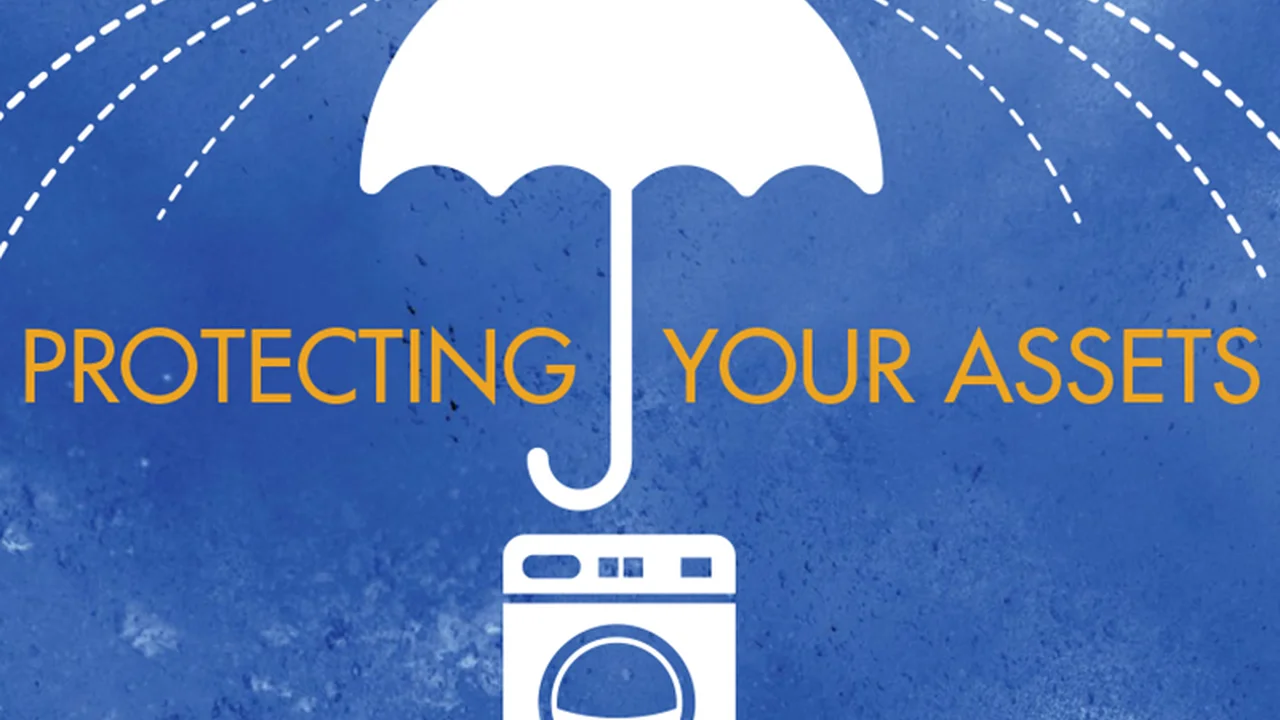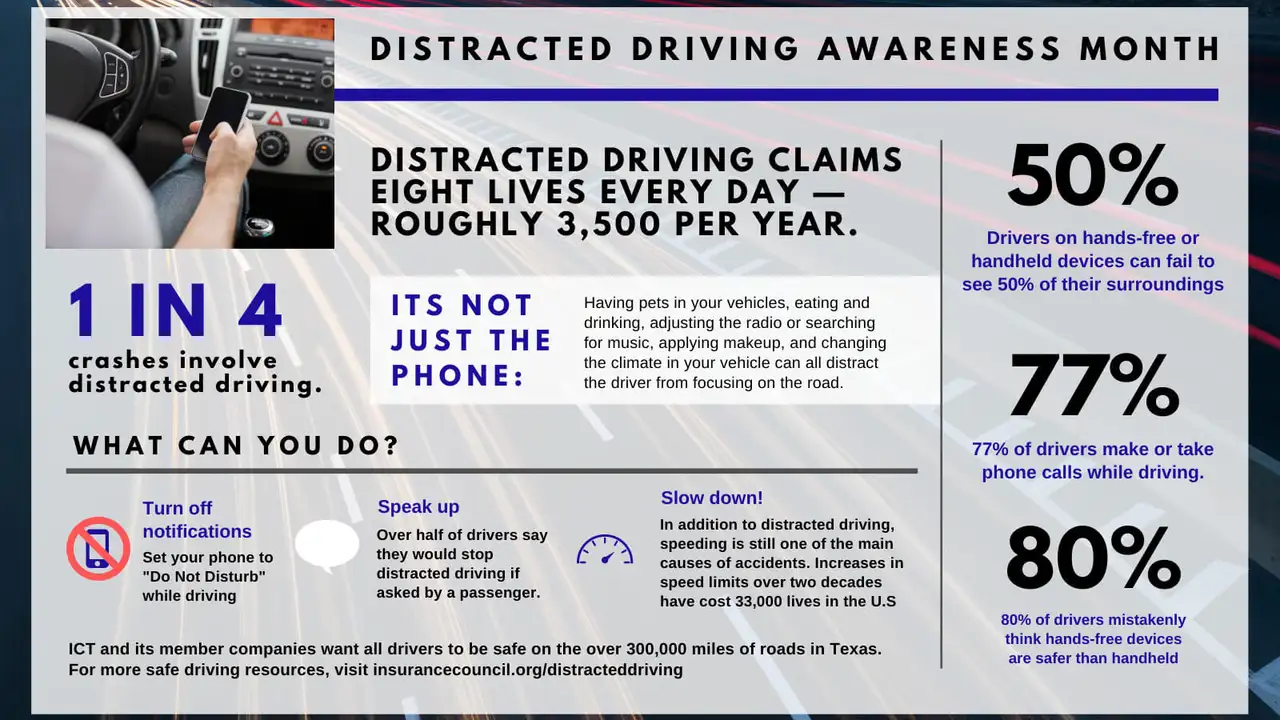Increasing Liability Coverage: Protecting Your Assets

Understanding Liability Coverage for Teen Drivers and Asset Protection
Okay, so you've got a teen driver. Congrats! (Seriously, celebrate the small wins.) But now you're staring down the barrel of teen driver insurance, and it's… daunting. One of the most important things you need to understand is liability coverage. Think of it as your financial safety net if your teen causes an accident. It covers the other guy's (or gal's) medical bills, car repairs, and even legal fees if they decide to sue. The goal here is to protect your assets – your house, your savings, your future retirement fund. Because trust me, a lawsuit can wipe you out faster than you can say "parallel parking fail."
Why Minimum Liability Coverage Isn't Enough for Teen Drivers A Comprehensive Guide
Most states have minimum liability coverage requirements. These are usually way too low. Seriously. Imagine your teen rear-ends a fancy sports car and the driver ends up needing extensive physical therapy. The minimum coverage might only cover a fraction of the costs. You're then on the hook for the rest. That's where increasing your liability coverage comes in. It's like buying a bigger umbrella when you know it's going to pour. It might cost a bit more upfront, but it can save you a boatload of money (and stress) in the long run. Think about it – are you really comfortable risking your entire life savings to save a few bucks on insurance? Didn't think so.
Assessing Your Risk Factors Teen Drivers and Determining Adequate Coverage
So, how much liability coverage do you actually need? Well, that depends on a few things. First, consider your assets. Do you own a house? Have a sizable retirement account? The more you have to lose, the higher your coverage should be. Second, think about your teen's driving habits. Are they a cautious driver, or do they have a lead foot? Have they had any near misses or minor fender benders? The riskier their driving, the more coverage you need. A good rule of thumb is to get enough coverage to protect your net worth. If you're worth $500,000, aim for at least $500,000 in liability coverage. It sounds like a lot, but it's better to be safe than sorry.
Umbrella Insurance An Extra Layer of Protection for High Net Worth Individuals
Now, let's talk about umbrella insurance. This is basically extra liability coverage that kicks in after your car insurance limits are exhausted. Think of it as the ultimate safety net. For example, if your car insurance covers $500,000 in liability, and you have a $1 million umbrella policy, the umbrella policy will cover the next $500,000 in damages. Umbrella policies are surprisingly affordable, often costing just a few hundred dollars per year. They're a great way to protect yourself from catastrophic lawsuits. If you have significant assets, an umbrella policy is a must-have.
Strategies to Save Money on Increased Liability Coverage for Teen Drivers
Okay, so you know you need more liability coverage, but you're worried about the cost. Don't worry, there are ways to save money. First, shop around. Get quotes from multiple insurance companies. Prices can vary significantly, so it pays to compare. Second, increase your deductible. The higher your deductible, the lower your premium. Just make sure you can afford to pay the deductible if you have an accident. Third, consider bundling your insurance. If you have multiple cars or a homeowner's policy, you can often get a discount by bundling them with the same insurance company. Fourth, take advantage of discounts. Many insurance companies offer discounts for good grades, safe driving courses, and even just being a loyal customer.
Product Recommendations Dash Cams for Teen Driver Monitoring and Safety
Let's talk about some products that can help you monitor your teen driver and potentially lower your insurance costs. First up, dash cams. These little cameras record everything that happens while your teen is driving. They can be a great way to monitor their driving habits and provide evidence in case of an accident. Some dash cams even have features like GPS tracking and lane departure warnings. Here are a few recommendations:
- Garmin Dash Cam 67W: This is a high-end dash cam with excellent video quality and a wide field of view. It also has voice control, so your teen can start and stop recording without taking their hands off the wheel. It retails for around $250. Use case: General driving, recording accidents, monitoring driving habits.
- Rexing V1P Pro: This is a more affordable option that still offers good video quality and features. It has a dual-channel recording system, so it records both the front and rear of the car. It retails for around $150. Use case: Budget-friendly option, recording both front and rear of the car.
- Thinkware F200 Pro: This dash cam has parking mode, which means it will automatically start recording if it detects motion while the car is parked. This can be helpful for catching hit-and-run accidents. It retails for around $200. Use case: Parking surveillance, preventing hit-and-run accidents.
Telematics Devices for Real Time Driving Data and Potential Insurance Discounts
Next, let's talk about telematics devices. These devices plug into your car's OBD-II port and track your teen's driving habits. They can monitor things like speed, acceleration, braking, and location. Many insurance companies offer discounts for using telematics devices, as they can help them assess the risk of insuring your teen. Here are a few recommendations:
- Automatic Pro: This device is a popular choice for its ease of use and comprehensive features. It tracks your teen's driving habits, provides real-time location data, and even diagnoses car problems. It retails for around $130. Use case: Comprehensive driving data, vehicle diagnostics.
- Hum by Verizon: This device offers similar features to the Automatic Pro, but it also includes roadside assistance and emergency services. It can even detect if your teen has been in an accident and automatically call for help. It requires a monthly subscription, which costs around $15. Use case: Roadside assistance, emergency services, accident detection.
- Zubie: This device is a good option for parents who want to monitor multiple vehicles. It allows you to track the location and driving habits of all your cars from a single app. It retails for around $100, plus a monthly subscription fee. Use case: Monitoring multiple vehicles, fleet management.
Defensive Driving Courses Enhancing Teen Driver Skills and Reducing Insurance Premiums
Finally, let's talk about defensive driving courses. These courses teach your teen how to drive safely and avoid accidents. Many insurance companies offer discounts for completing a defensive driving course. Even better, they make your teen a safer driver! Check with your local DMV or driving school for available courses. The cost varies, but they typically range from $50 to $150. Use case: Improving driving skills, reducing accidents, lowering insurance premiums.
Comparing Insurance Providers Finding the Best Rates and Coverage Options for Teen Drivers
Don't just settle for the first insurance quote you get. Shop around! Compare rates and coverage options from multiple insurance companies. Some companies specialize in teen driver insurance and may offer better rates or more comprehensive coverage. Look for companies that offer discounts for good grades, safe driving courses, and telematics devices. Read online reviews to see what other customers have to say about their experiences with different insurance companies. A little research can save you a lot of money. Some popular providers include:
- State Farm: Known for its excellent customer service and wide range of coverage options.
- GEICO: Known for its competitive rates and easy-to-use online tools.
- Progressive: Known for its Snapshot program, which offers discounts for safe driving habits.
- Allstate: Known for its Drivewise program, which offers discounts for safe driving habits.
The Importance of Open Communication with Your Teen Driver About Safe Driving Habits
Ultimately, the best way to protect your assets is to talk to your teen about safe driving habits. Emphasize the importance of following the rules of the road, avoiding distractions, and never driving under the influence of drugs or alcohol. Set clear expectations and consequences for unsafe driving behavior. Be a good role model yourself. Show your teen that you take driving seriously and that you value their safety and the safety of others. Driving is a privilege, not a right, and it's important for your teen to understand the responsibility that comes with it. Have regular conversations about driving safety and address any concerns or questions your teen may have. The more open and honest you are, the more likely your teen is to listen and make safe choices behind the wheel.
:max_bytes(150000):strip_icc()/277019-baked-pork-chops-with-cream-of-mushroom-soup-DDMFS-beauty-4x3-BG-7505-5762b731cf30447d9cbbbbbf387beafa.jpg)






